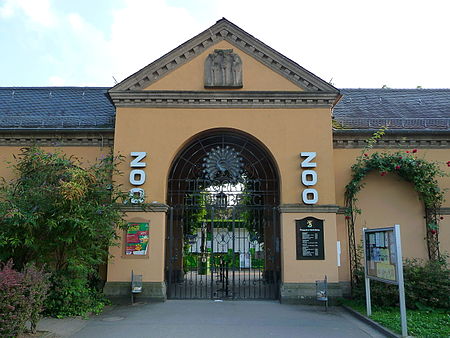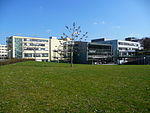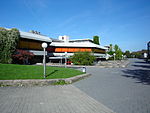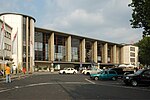Heidelberg Zoo
Buildings and structures in HeidelbergKarlsruhe region geography stubsTourist attractions in HeidelbergZoo stubsZoos in Germany

Heidelberg Zoo is a zoo in Germany which was founded in 1933 and opened for the public on 20 November 1934. Since 1998, the zoo director has been Klaus Wünnemann.
Excerpt from the Wikipedia article Heidelberg Zoo (License: CC BY-SA 3.0, Authors, Images).Heidelberg Zoo
Tiergartenstraße, Heidelberg Neuenheimer Feld (Neuenheim)
Geographical coordinates (GPS) Address Phone number Website External links Nearby Places Show on map
Geographical coordinates (GPS)
| Latitude | Longitude |
|---|---|
| N 49.415277777778 ° | E 8.6608333333333 ° |
Address
Zoo Heidelberg (Tiergarten Heidelberg)
Tiergartenstraße 3
69120 Heidelberg, Neuenheimer Feld (Neuenheim)
Baden-Württemberg, Germany
Open on Google Maps







